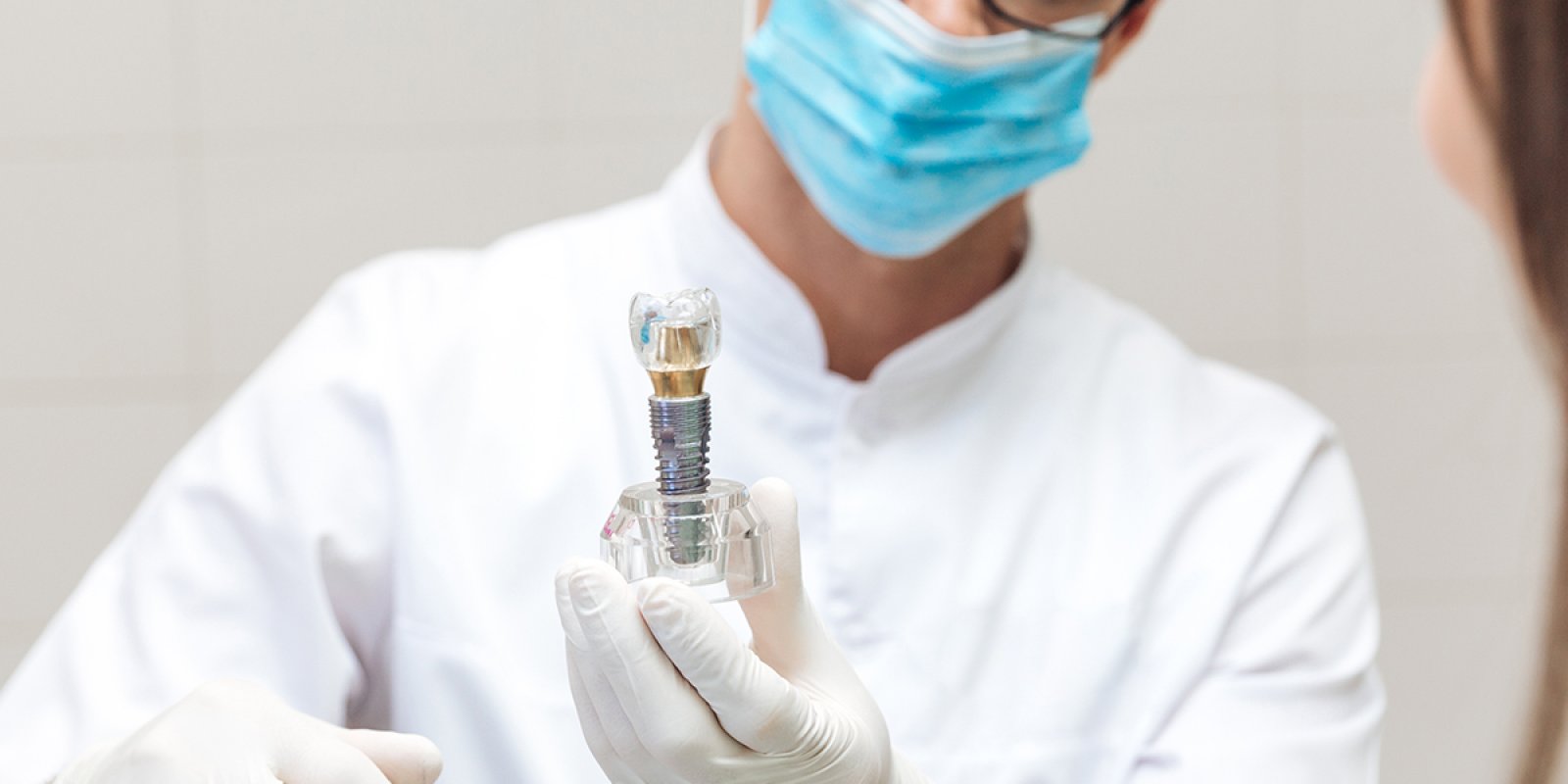DENTAID EXPERTISE
News for dentistry professionals
CHARACTERIZATION AND APPLICATION OF A FLOW SYSTEM FOR IN VITRO MULTISPECIES ORAL BIOFILM FORMATION
07 Sep 2014
V. Blanc1, S. Isabal1, M.C. Sánchez2, A. Llama-Palacios2, D. Herrera2, R. León1
1. Microbiology Department, DENTAID S. L., Cerdanyola del Vallès, Spain
2. ETEP Research Group, Universidad Complutense de Madrid, Madrid, Spain
Background and Aim
Bacteria in the oral cavity grow in the form of biofilms. These structures are subject to the constant flow conditions of salivary fluid and gingival crevicular fluid. The objectives of this study were: (i) to develop and characterise an in vitro biofilm model using oral bacteria growing under flow and shear conditions; and (ii) to demonstrate the usefulness of the model for evaluating the activity of three anti-plaque agents.
Materials and Methods
A bioreactor was used to grow oral bacteria including: Streptococcus oralis, Actinomyces naeslundii, Veillonella parvula, Fusobacterium nucleatum, Aggregatibacter actinomycetemcomitans and Porphyromonas gingivalis in planktonic conditions. Biofilms were stabilised using a modified Robbins Device on hydroxyapatite discs (HAP). Three- to seven-day biofilms were tested using culture, scanning electron microscopy, Live/Dead staining and fluorescent hybridisation techniques in situ (confocal laser scanning microscopy). Finally, we assessed the antimicrobial activity of three oral rinses [0.12% chlorhexidine (CHX), 0.12% chlorhexidine with sodium fluoride (CHX+NaF) and 0.12% chlorhexidine with cetylpyridinium chloride (CHX+CPC)] using a planktonic test (short interval killing test) and the 4-day biofilm model.
Results
Throughout the course of the study, viable cell counts showed that each one of the species was consistently found within the biofiom structures. Cellular architecture and distribution were similar to those described in biofilms in situ, except for one thin layer of live cells found on the HAP surface. The efficacy tests performed on the mouthrinses showed that the cells in biofilms were more tolerant compared to the planktonic cells. Moreover, CHX+CPC showed a significantly higher mortality rate on 4-day biofilms in vitro compared to CHX alone (p=0.003) and CHX+NaF (p<0.001).
Conclusion
The results suggest that we have a highly reproducible system for forming a multispecies oral biofilm and that it is a useful tool for evaluating antibacterial molecules prior to their clinical assessment. This model also has great potential to be used for basic research on biofilms.
RELATED ARTICLES

18 Jun 2020
PERIO·AID® BIOADHESIVE GEL IMPROVES HEALING AND RESTORATIVE EFFICACY AFTER ORAL SURGERY
A clinical trial has shown the regenerative properties of PERIO·AID® Bioadhesive gel after surgical removal of two third molars. Evaluation* of the…

10 Mar 2020
Improving clinical outcomes in patients with peri-implant mucositis through mechanical control of biofilm and accompanying mouthwash
Mechanical control of biofilm by the dental clinic practitioner, as well as by the patient, together with an adjunctive chlorhexidine and…

27 Jun 2019
ANTIBACTERIAL PREVENTION IN TITANIUM DENTAL IMPLANTS
This study will be useful for the future development of antibacterial strategies preventing incidence and progression of peri-implantitis in patients…
Sign up for the DENTAID Expertise newsletter
Sign up for the newsletter